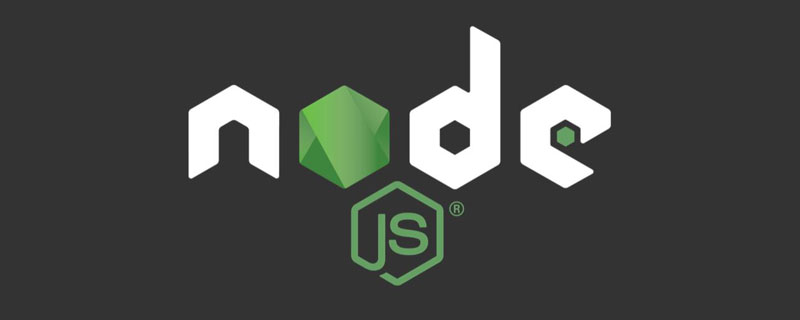
How does Nodejs get the parameters in the request? The following article will introduce to you the four methods ofNodejsto obtain parameters. It has certain reference value. Friends in need can refer to it. I hope it will be helpful to everyone.

Related recommendations: "nodejs Tutorial"
Reference: https://my.oschina.net/u/2519530/blog/535309
Getting the parameters in the request is the only way for every web background processing, nodejsThe express frameworkprovides four methods to achieve this.
req.body
req.query
req.params
req.param()
First introduce the first req.body
Official document explanation :
Contains key-value pairs of data submitted in the request body. By default, it is undefined,
and is populated when you use body-parsing middleware such as body-parser and multer.
A little translation: The key-value pair containing the submitted data is in the body of the request. The default is underfined.
You can use body-parser or multer to parse the body
Parsing the body is not nodejs Provided by default, you need to load the body-parser middleware before you can use req.body
This method is usually used to parse the data in the POST request
The second is req.query
Official document explanation:
An object containing a property for each query string parameter in the route.
If there is no query string, it is the empty object, {}.Translation: An object containing the properties of each query string parameter in the route. If not, the default is {}
Nodejs provides it by default, no need to load middleware
Example (official excerpt):
// GET /search?q=tobi+ferret req.query.q // => "tobi ferret" // GET /shoes?order=desc&shoe[color]=blue&shoe[type]=converse req.query.order // => "desc" req.query.shoe.color // => "blue" req.query.shoe.type // => "converse"
This method is mostly suitable for GET requests, parsing the parameters in GET
The third method is req.params
Official documentation:
An object containing properties mapped to the named route “parameters”.
For example, if you have the route /user/:name,
then the “name” property is available as req.params.name. This object defaults to {}.
Translation: An object containing the "params" property mapped to the specified route.
For example, if you have route/user/:name, then the "name" attribute is available as req.params.name.
The object defaults to {}.
Nodejs provides it by default, no need to load other middleware
Examples
// GET /user/tj req.params.name // => "tj"
Mostly suitable for restful style URLs Parsing of parameters
The difference between req.query and req.params
req.params contains routing parameters (in the path part of the URL) , and req.query contains the query parameters of the URL (the parameters after the ? in the URL).
The last req.param()
This method is deprecated, please see the official explanation
Deprecated. Use either req.params, req.body or req.query, as applicable.
Translation: Deprecated, replaced by three other ways
For more programming related knowledge, please visit:Programming Video! !
The above is the detailed content of A brief discussion on several methods of obtaining parameters in Nodejs. For more information, please follow other related articles on the PHP Chinese website!